After building all the pillars, you are ready to make the platform…
Make an outline of your platform with chalk powder or any color powders. Make a clay bed about 5 cm in height and width = 5 cm > the length of the bottles. This bed runs along the perimeter of the platform.
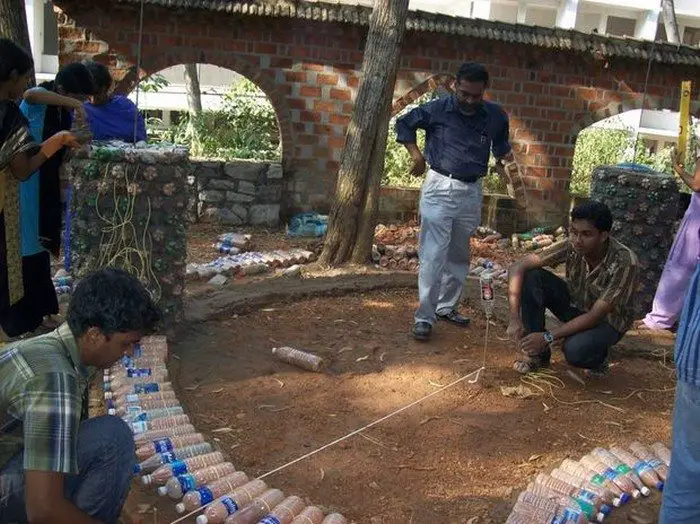
Now lay the bottles (with their neck facing outwards) one by one on this bed and tie them to each other as shown in the picture.
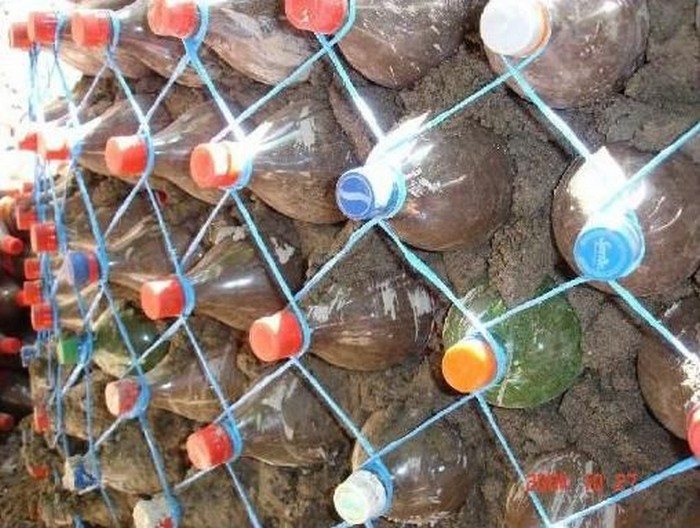
After laying a course, fill the inside area with cement, clay, or rubble. If you want to take more courses, make sure that you knot each bottle of the underlying course with the above course as shown in the picture. This is to impart more strength to the structure.
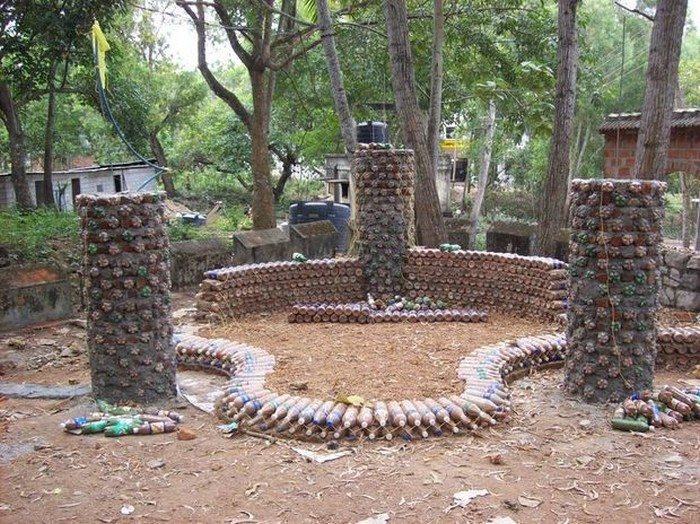
This is your platform for your house from plastic bottles. Now put tiles or ceramics for flooring.
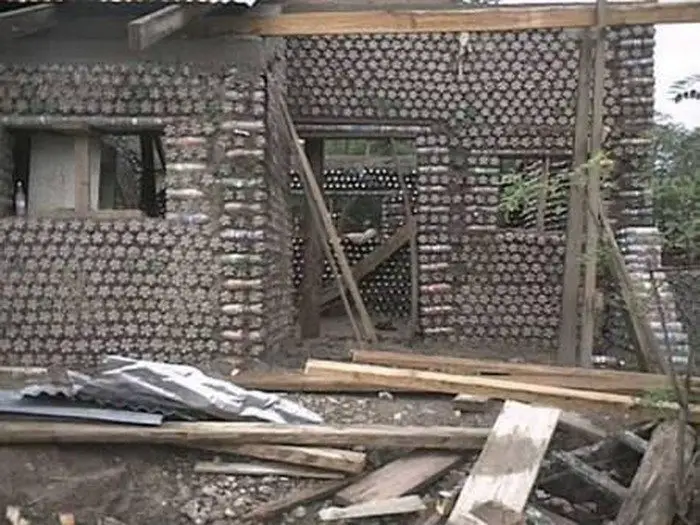
You can put any type of roof over this because the pillars are really strong enough to hold them.
Create your own designs, and build your own structures with this cheap construction method!
Some structures (including residences, water tanks, seating, etc.) built with pet bottles are shown here…
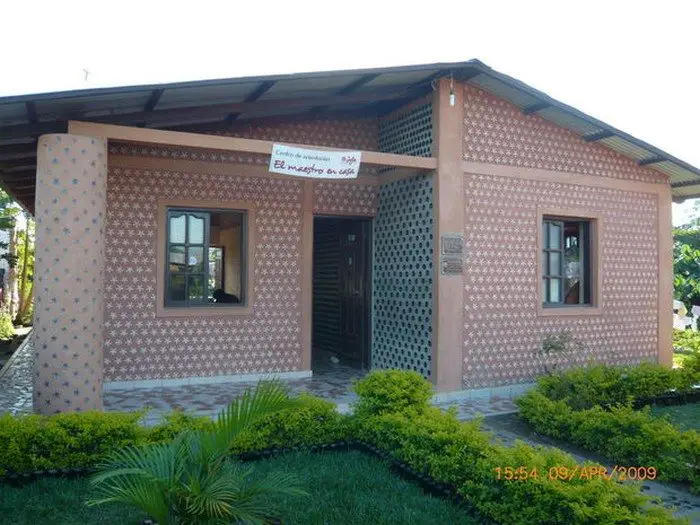
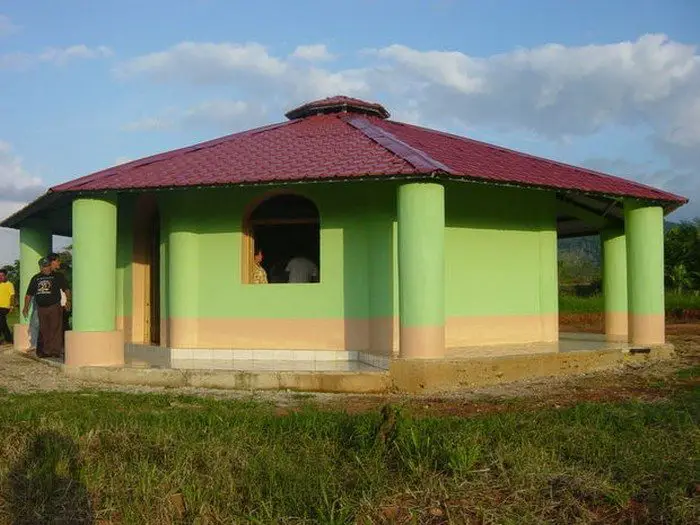
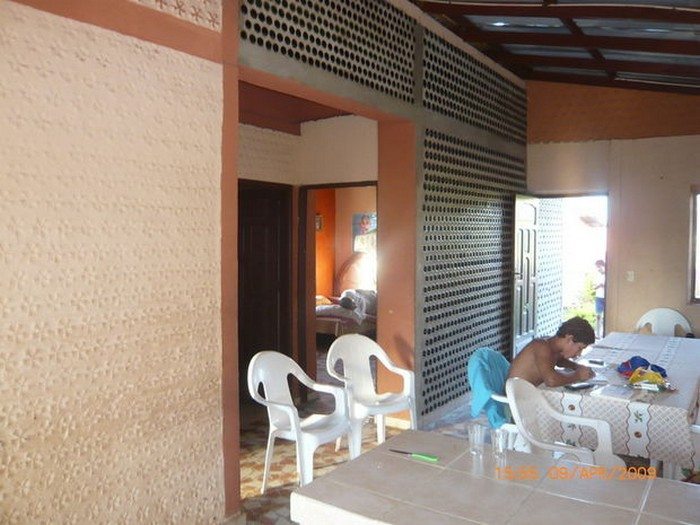
Thanks to nav.sparx for this great tutorial!
Here’s a great video by Brennan Bird showing how you can fill the bottles with rubbish rather than dirt in what must be as good as it gets when it comes to upcycling!
Inspired?
Building Codes and Regulatory Considerations for Houses from Plastic Bottles
Building a house from plastic bottles is not only an eco-friendly endeavor but also a venture into innovative construction practices. However, integrating such unconventional materials into residential buildings involves navigating building codes and regulatory frameworks. This section explores the considerations and adaptations necessary to legally construct a house from plastic bottles.
Understanding Building Codes
Building codes are essential for ensuring safety, health, and welfare in constructed environments. When it comes to constructing a house from plastic bottles, the first step is understanding how these structures fit within existing local and national codes. Most standard building codes do not directly address the use of plastic bottles as a construction material. As such, builders and homeowners must often engage with regulatory authorities to assess the applicability of codes meant for traditional materials.
Compliance Challenges
The primary challenge in constructing a house from plastic bottles lies in demonstrating compliance with structural integrity and safety standards. Since plastic bottles are non-standard materials, they may not automatically meet the criteria set for more conventional materials like wood, steel, or concrete. To address these challenges, it’s crucial to provide detailed engineering assessments and possibly conduct tests that demonstrate the house’s ability to withstand environmental stresses such as wind, seismic activity, and thermal variations.
Permitting Process
Obtaining permits for a house from plastic bottles can be complex. Builders may need to present detailed construction plans, accompanied by evidence of the material’s durability and safety. This often involves collaborating with architects and engineers who have experience with sustainable and alternative building materials. In some cases, special permissions or exceptions might be granted, especially if the project can be shown to offer significant environmental benefits.
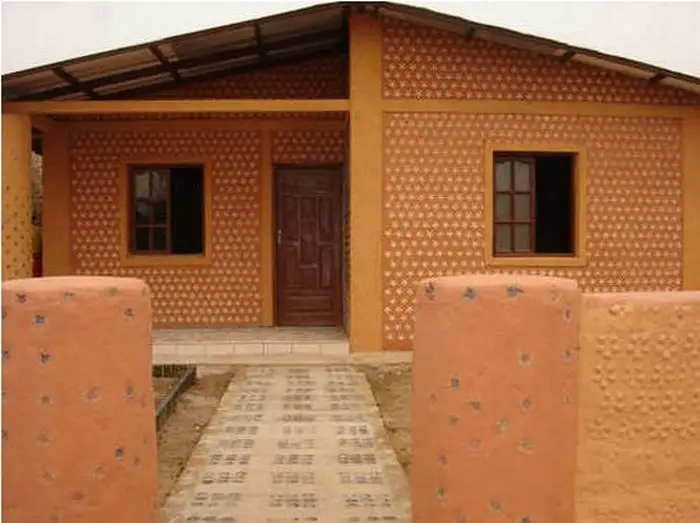
Regulatory Innovations
Some regions are more receptive to innovative building practices and may have provisions for alternative construction methods. These areas might provide a more streamlined process for projects like building a house from plastic bottles. Advocating for regulatory changes to accommodate sustainable building materials can also be part of the process. Engaging with local planning commissions and demonstrating successful precedents from other regions or countries can help influence positive changes in local codes.
Moving Forward with Plastic Bottle Construction
Building a house from plastic bottles requires patience and persistence in dealing with regulatory frameworks. It’s advisable for builders to engage early with local building officials to navigate the permitting process smoothly. By actively participating in the dialogue around sustainable construction and demonstrating the practical viability of houses from plastic bottles, builders can contribute to broader acceptance and regulatory adaptation for this innovative use of recycled materials.
Conclusion
Building a house from plastic bottles not only offers an innovative way to recycle waste but also contributes to environmentally sustainable construction practices. These structures can provide affordable housing solutions while reducing the ecological footprint of traditional building materials. As awareness and regulatory support grow, more communities might adopt this eco-friendly building method, enhancing global sustainability efforts.
We have more incredible house ideas. Check out our teepee guest house project!






